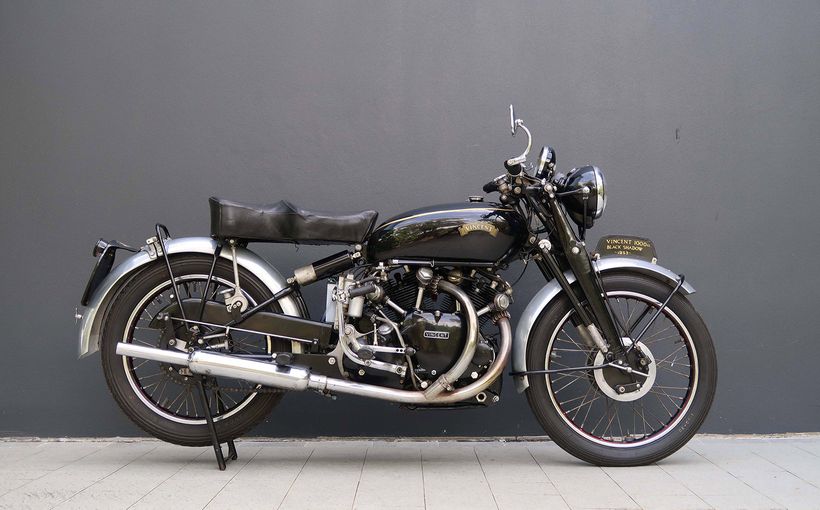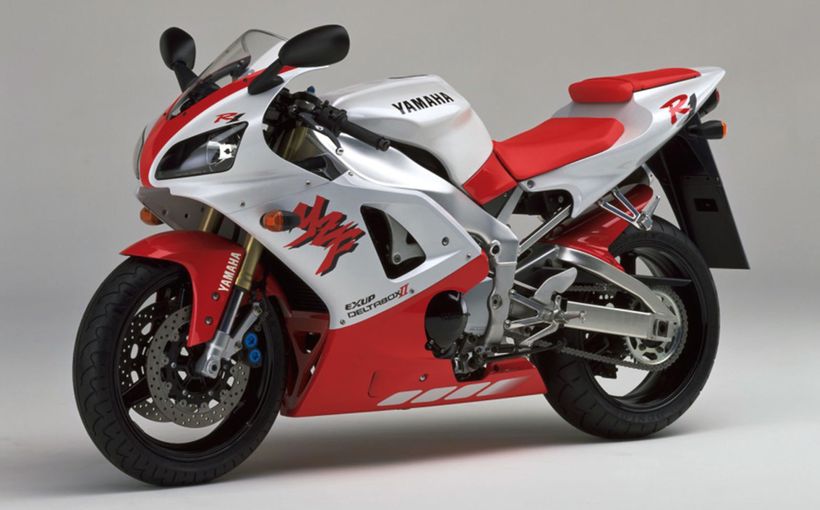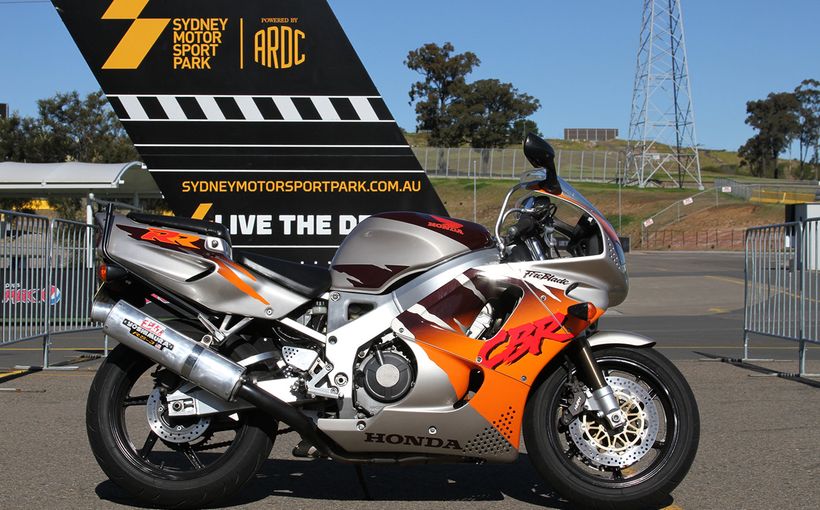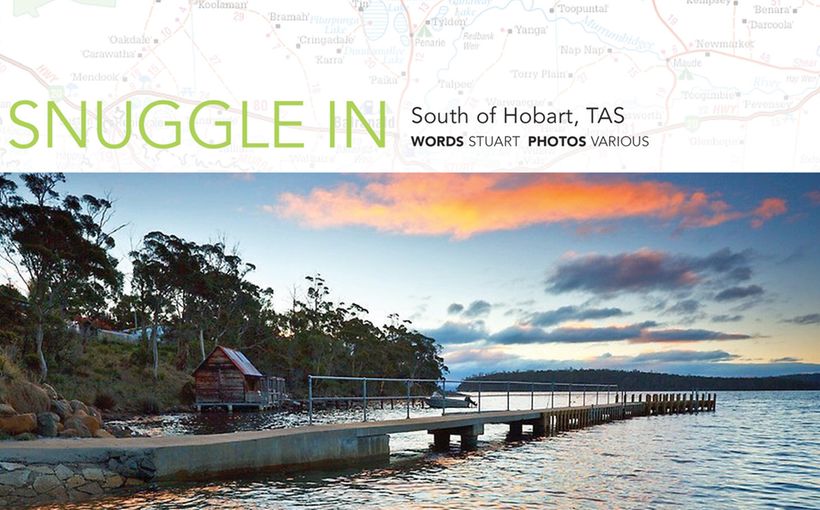Old Bike Australasia: 1948 Douglas Mk3 S - Bristol’s best

Having vanished 60 years ago, a short history of the Douglas marque is called for. The Douglas Engineering Company was founded in Bristol in 1882, primarily doing foundry work. After the demise of Light Motors, for which W.J.Barter had produced single and twin-cylinder models from 1902, Barter moved to Douglas, designing a 350cc flat-twin; a single-speed, belt-driven model called the Fairy. The Fairy set Douglas on a flat twin path from which they only diversified on two occasions; one being the 1907 vee-four which never reached production, and the other being the early thirties Bantam, a 150cc horizontal single two-stroke, with almost total enclosure of mechanical parts.

The addition of a two-speed gearbox, and success with seventh and twelfth places in the first ‘Mountain Course’ TT in 1911, boosted sales, but it was the awarding a contract to supply Dispatch Rider machines in World War 1 that really turned the company’s fortunes around. In all, Douglas dominated the lucrative WD market with over 25,000 machines, including 600 twins for sidecar use, produced – by far the biggest effort of any official supplier.
Post-war, Australian Les Bailey, who won the 1912 French Grand Prix and so nearly won the 1912 Junior TT until his gearbox failed, designed the RA model (named after the Research Association which developed the disc-style brake, where a vee block of friction material was pressed radially against a bevelled hub flange), in 346cc and 596cc sizes, Freddie Dixon, with his controversial disc-braked banking sidecar fitted to one of the 600s, won the inaugural 1923 Sidecar TT, while Tom Sheard won the Senior TT on a 500. Then the speedway boys picked up on the RA’s potential, with its ideal geometry for a low-slung dirt track weapon, and these evolved into the all-conquering DT5 and DT6 models. In 1929, a reported 1,200 Dirt Track models were sold, but the single cylinder JAP soon took over.

Despite the sporting success, things weren’t looking too flash on the ledger, and by 1934 Douglas was really struggling to stay afloat. The shaft-drive 500cc Endeavour, with the engine mounted transversely, appeared, but failed to produce the necessary cash flow, and Douglas was taken over by the Bond Aircraft and Engineering Company in 1935.
Once again, the outbreak of war helped Douglas make ends meet, with not only WD motorcycles, but generators produced for the war effort. But peace brought only more grief, and the range was pared to the 350cc flat twin with its chain drive and torsion-bar rear springing. A handful of the racing-only 80 Plus and 90 Plus models were produced, but were no match for the OHC Norton, Velocette and AJS.

The final, painful chapter in Douglas’ history came with the 1954 introduction of the Dragonfly; still an OHV transverse 350cc twin, but with much cleaner external appearance, an AC generator in place of the previous Magdyno, and a new frame with conventional swinging arm rear suspension. Reynolds-Earles leading link forks were used at the front. The Dragonfly weighed in at 166 kg (365 lb), and with a top speed of only 70 mph, was no faster than the Mk V it replaced.
Extra cash was generated by the manufacture of Vespa scooters under licence in UK, but in 1955 the company was sold to Westinghouse and within two years all motorcycle and scooter manufacturing had ceased.

Peter Davey from Canberra owns the Douglas featured here – a Mk3S, dating from 1948, by which point it was the only model in the Douglas catalogue. This 350cc model commenced production in 1947 and used the across-the-frame engine configuration seen in the pre-war 500cc Endeavour, although with chain instead of shaft final drive and overhead valves instead of side valves. The rear suspension is controlled by torsion bars, with Douglas Radiadraulic front forks. The cylinder heads were redesigned for 1948, giving a slight increase in power and fuel efficiency. Top speed is 105 km/h.
Douglas motorcycles aren’t everyone’s cup of tea, they have as many detractors as admirers, but one of their better models, well prepared, is an absolute joy to ride. Vintage motorcycling at its best.
Protect your Douglas. Call Shannons Insurance on 13 46 46 to get a quote today.










